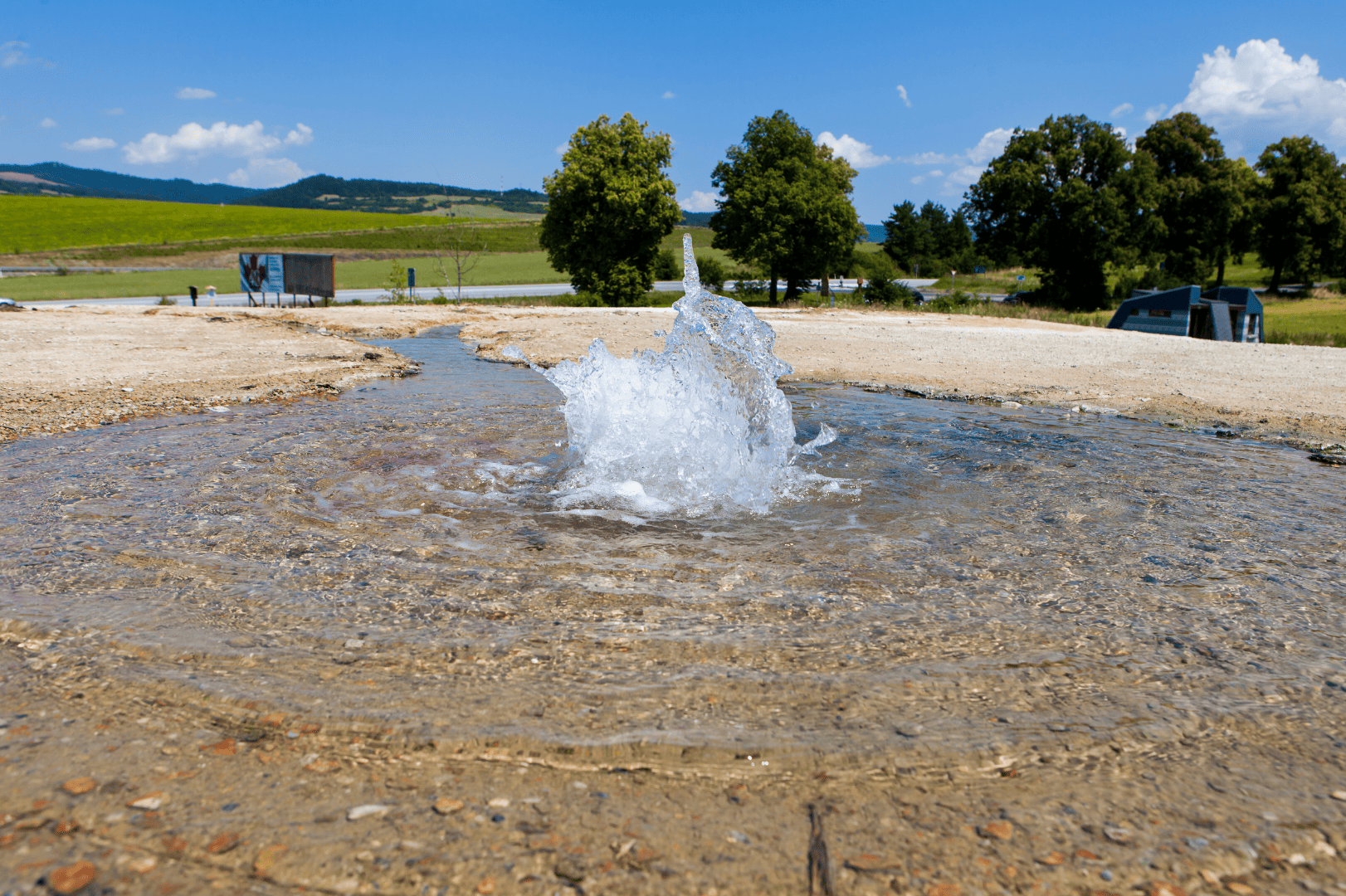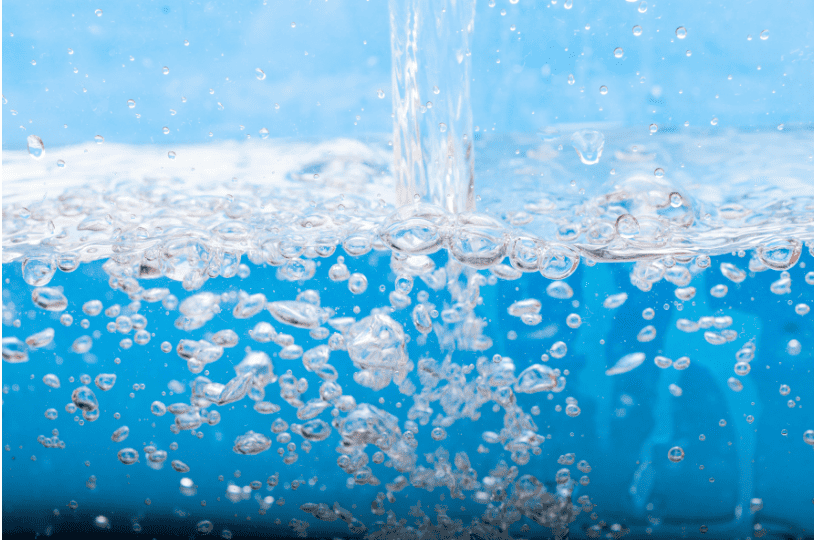Get Live PFAS Updates
CLICK HERE FOR MORE
What is Groundwater Quality/Emerging Contaminants (PFAS)
Groundwater is a valuable source of drinking water, which helps us battle drought conditions. Before reaching consumers, it must meet certain quality standards to be utilized as a potable source. Various chemicals from human or nature activities impair quality of groundwater and therefore a thorough assessment is required before utilizing any groundwater as a water supply source. On the other hand, as our technology in detecting various compounds progresses over time, emerging contaminants appear in our drinking water sources. Per- and polyfluoroalkyl substances (PFAS) are the recent emerging contaminants that threaten our nation’s drinking water sources and require a collaborative effort to eliminate these “forever chemicals” from our water sources.
What Are PFAS?
PFAS are a family of thousands of synthetic chemicals that have been manufactured and used in thousands of commercial and household products since the 1940s. Due to their widespread use in surface coatings, surfactants, resins, molds, rubber, etching, and plastics, they could be present in any environment. They are highly toxic, very mobile, and persistent in the environment, and they bioaccumulate in animals and the human body. They have been discovered at fire training facilities, fire stations, refineries, military bases and training centers, commercial and private airports, landfills, lands with biosolid application, rail yards, chemical facilities, plating facilities, textile/carpet manufacturers, and residential areas with septic systems.


When Did PFAS Emerge?
Discovery of PFAS in drinking water and its adverse health effects is indebted to a long and historic litigation effort against DuPont de Nemours, Inc., and The 3M Company, which was led by Rob Bilott, a corporate attorney who later became an environmentalist. This is a fascinating story that disclosed unsettling news about the PFAS threat but ushered regulatory actions in controlling PFAS production and addressing PFAS contamination. There is still a great void in our understanding of PFAS sources, occurrences, fate and transport, and treatment options, which constrains the regulatory authorities in issuing robust PFAS investigation and remediation regulations. This lack of certainty calls for a collaborative effort throughout the nation to collect appropriate and representative data that will fill in the gaps and provide a valuable tool set for decision-makers to enforce appropriate regulations.
How Can A-Tech Help?
A-Tech’s experts are superbly knowledgeable of industry advances in PFAS investigation and remediation and follow closely regulatory actions in enforcing PFAS clean up. With recent efforts in characterizing PFAS under RCRA and CERCLA, and with EPA’s action for developing Maximum Contaminant Levels (MCL) for PFOA and PFOS by Fall 2022, A-Tech’s expert hydrogeologists will assist water agencies and affected parties in complying with these ever-changing regulations.



